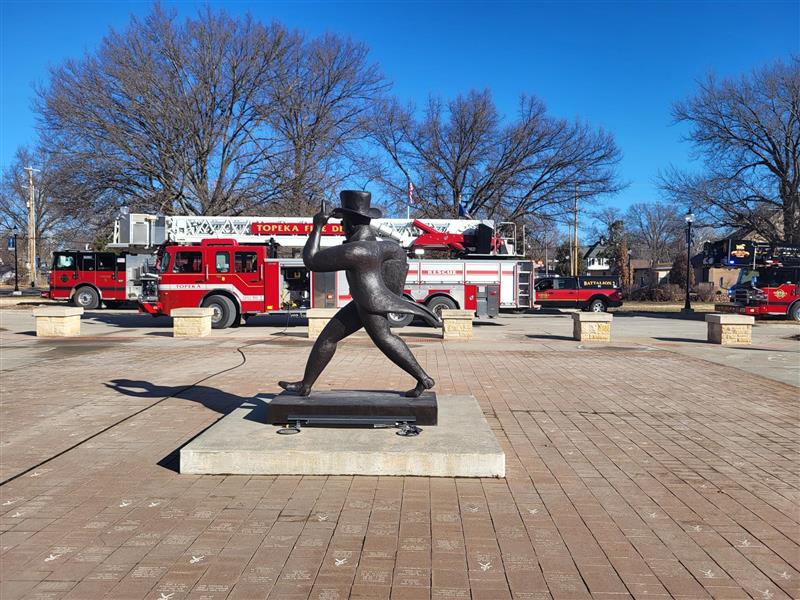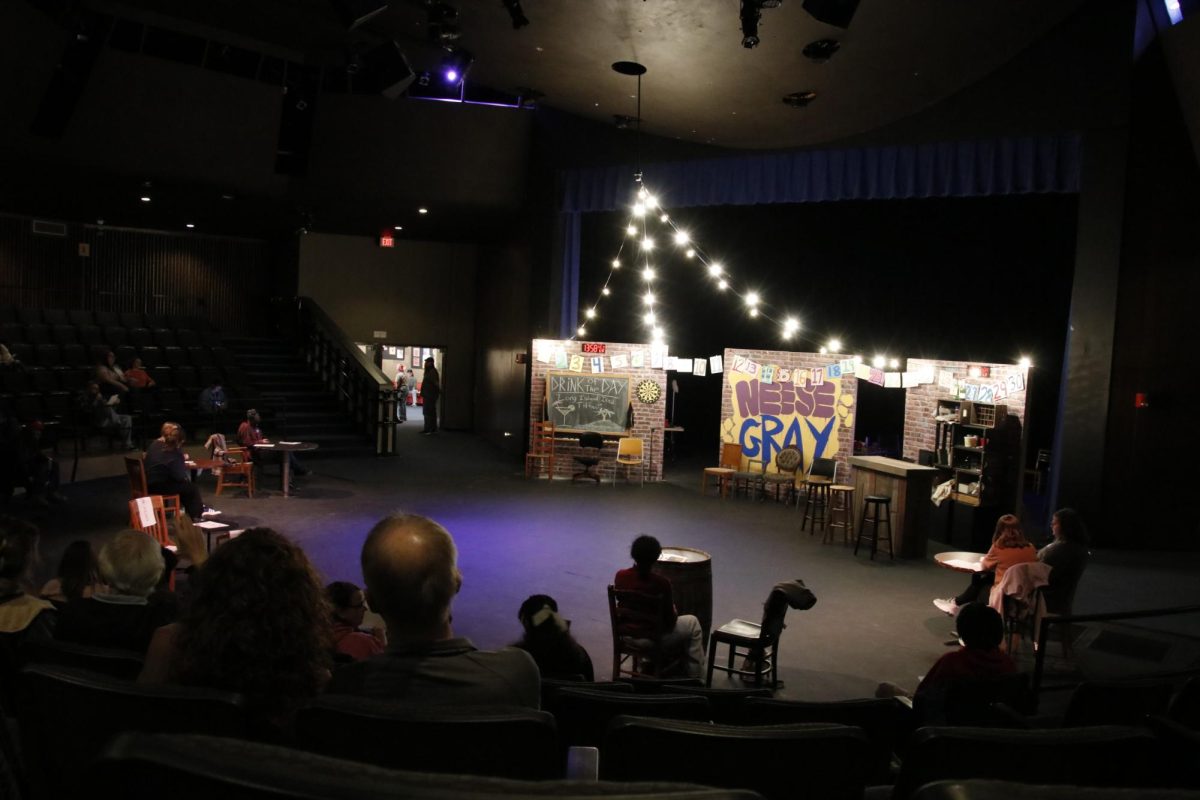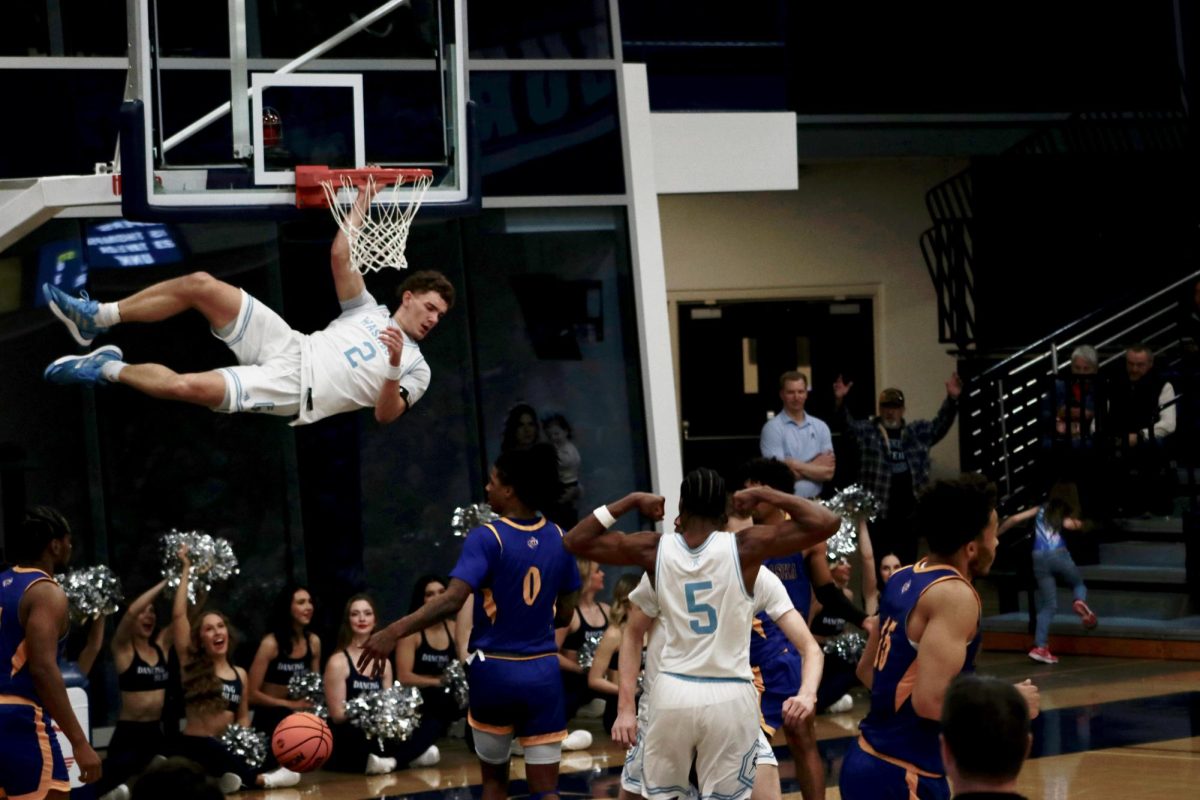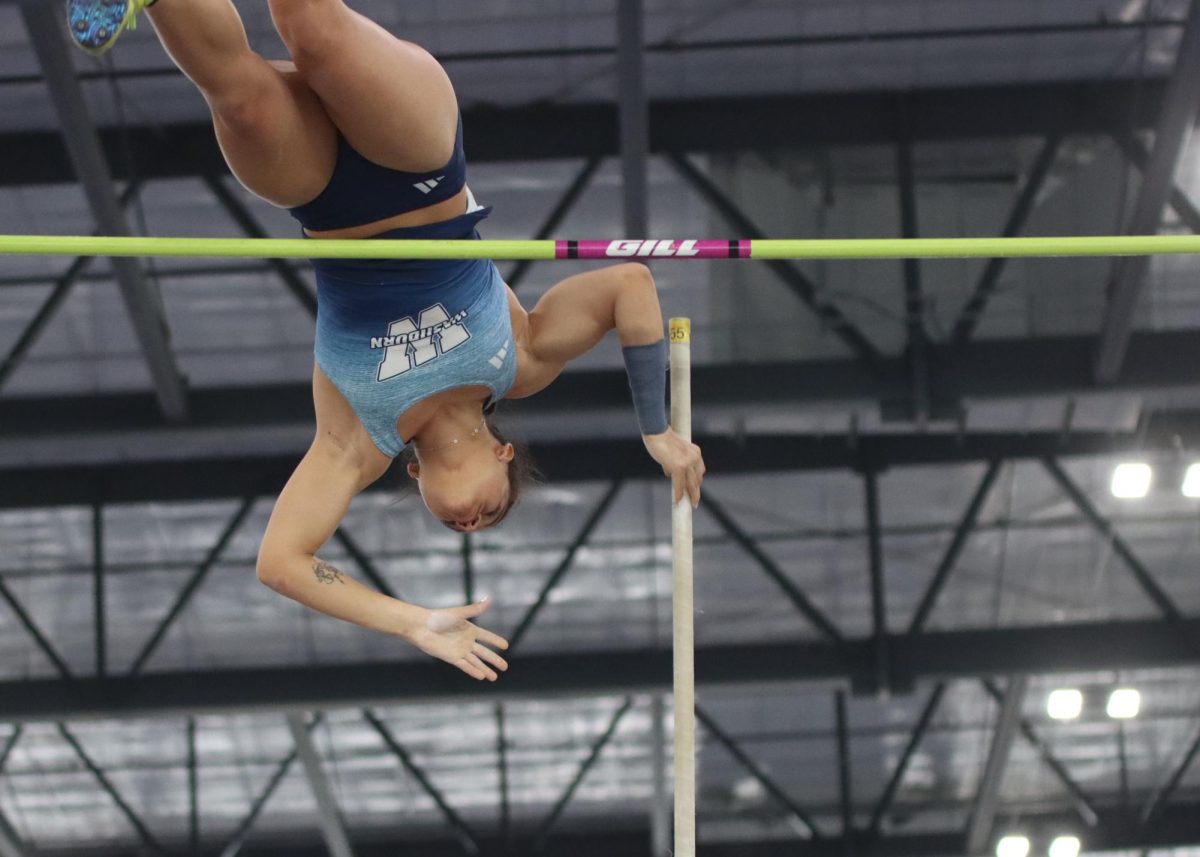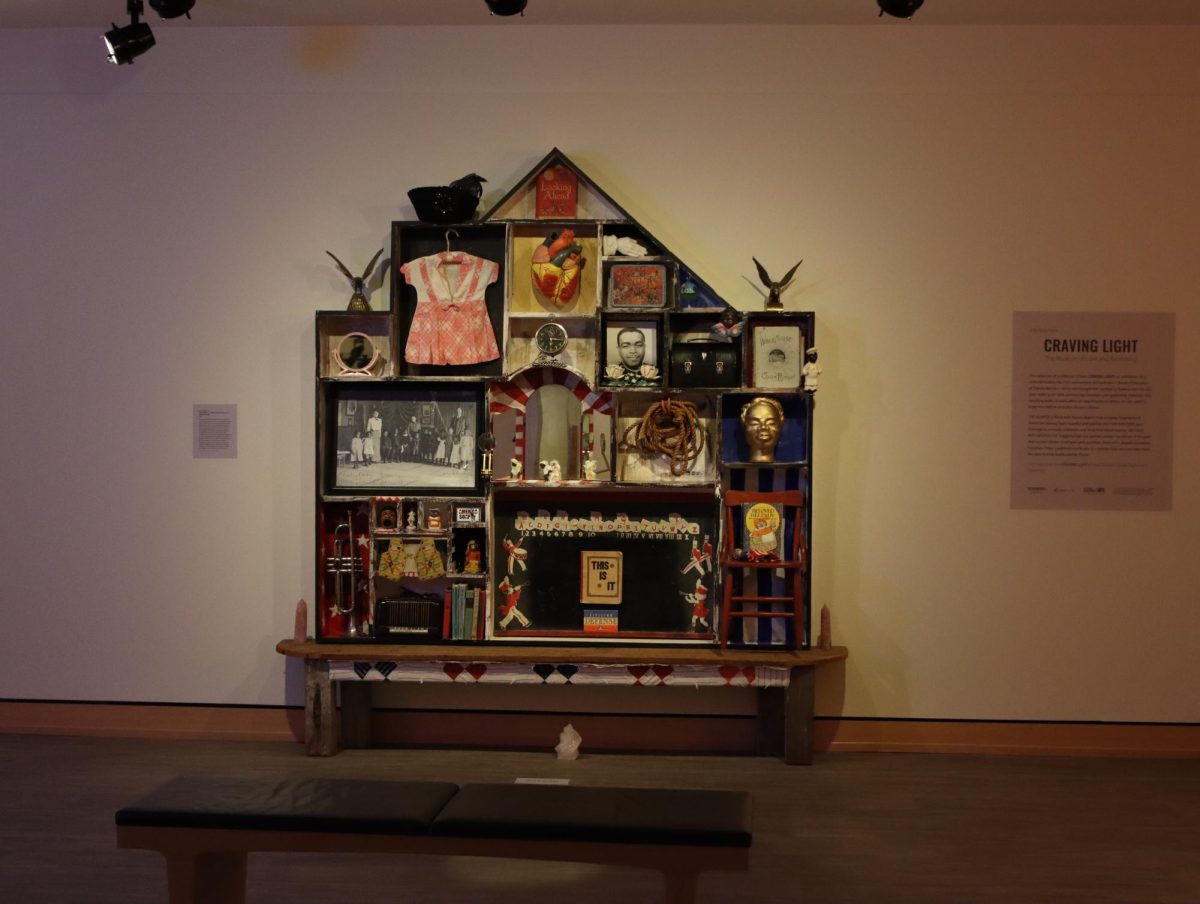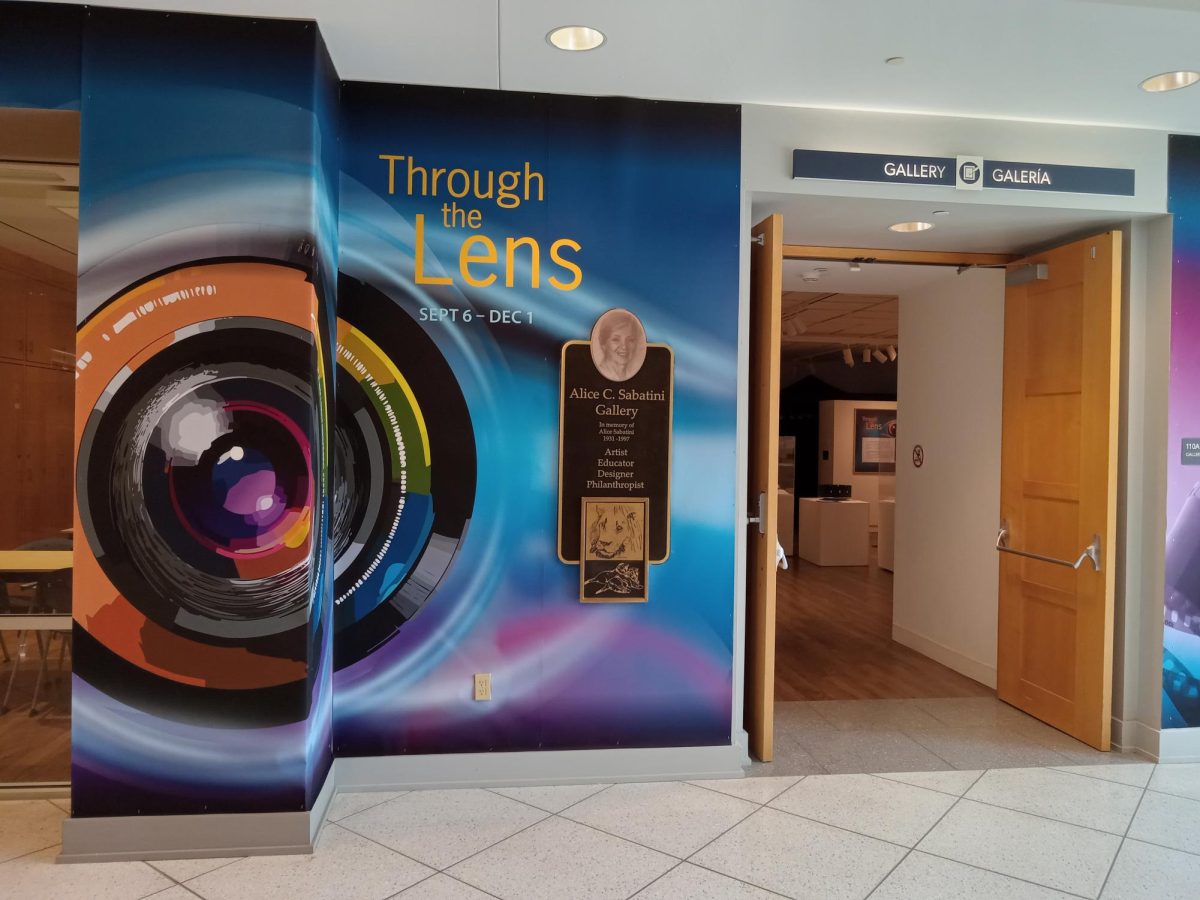-
Performers leave property and performance clothes in the bag to keep them clean right after performing. The audience spoke and took photos with the performers during break time and after the event.
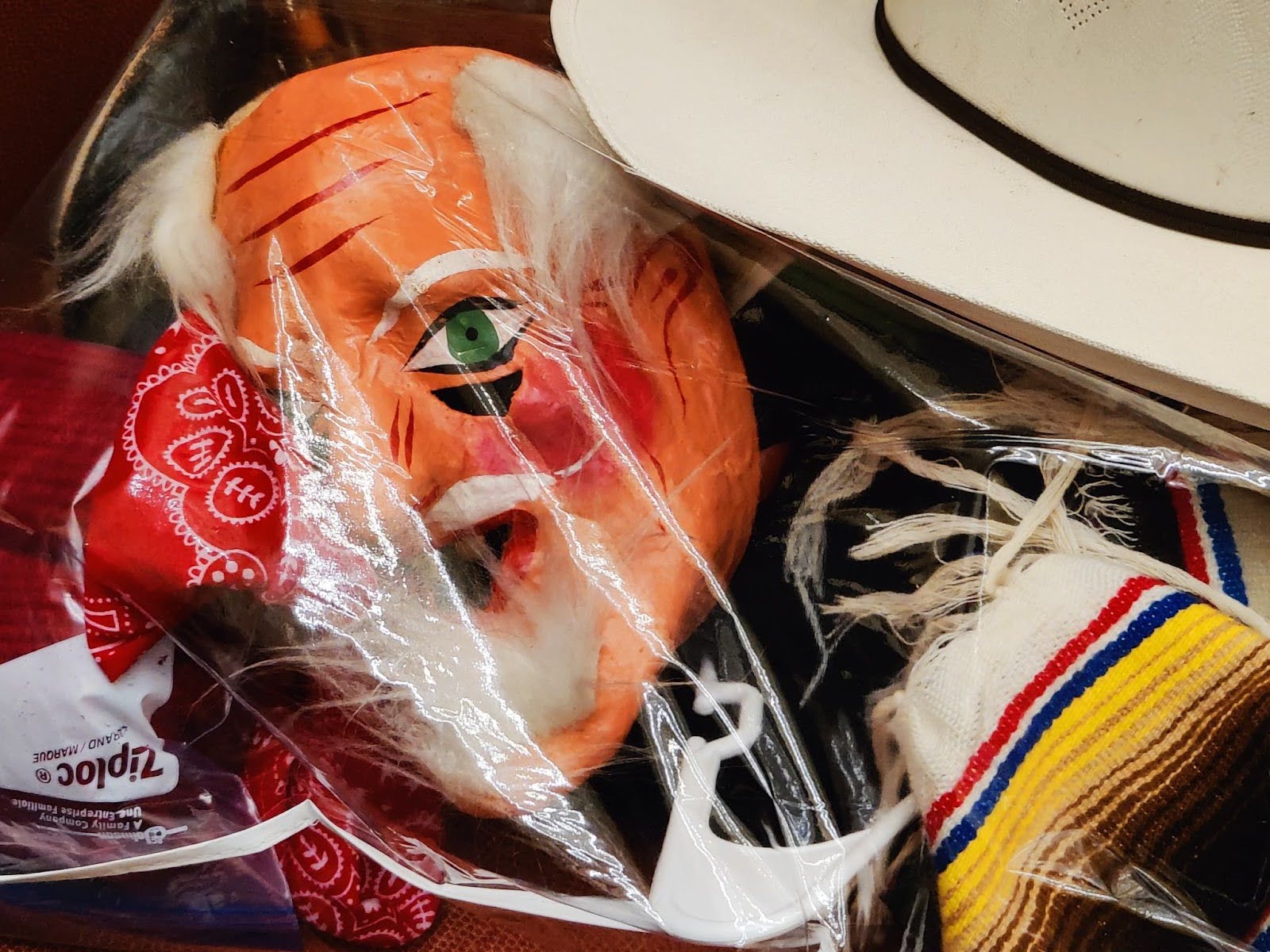
-
“CultureFest” performers from different backgrounds showcase their art performance at the Neese Gray Theatre March 16. The event featured four performing teams, including Aloha Pumehana Halau, Top City Step Team, Ballet Folklorico de Topeka and Lion Dance group.
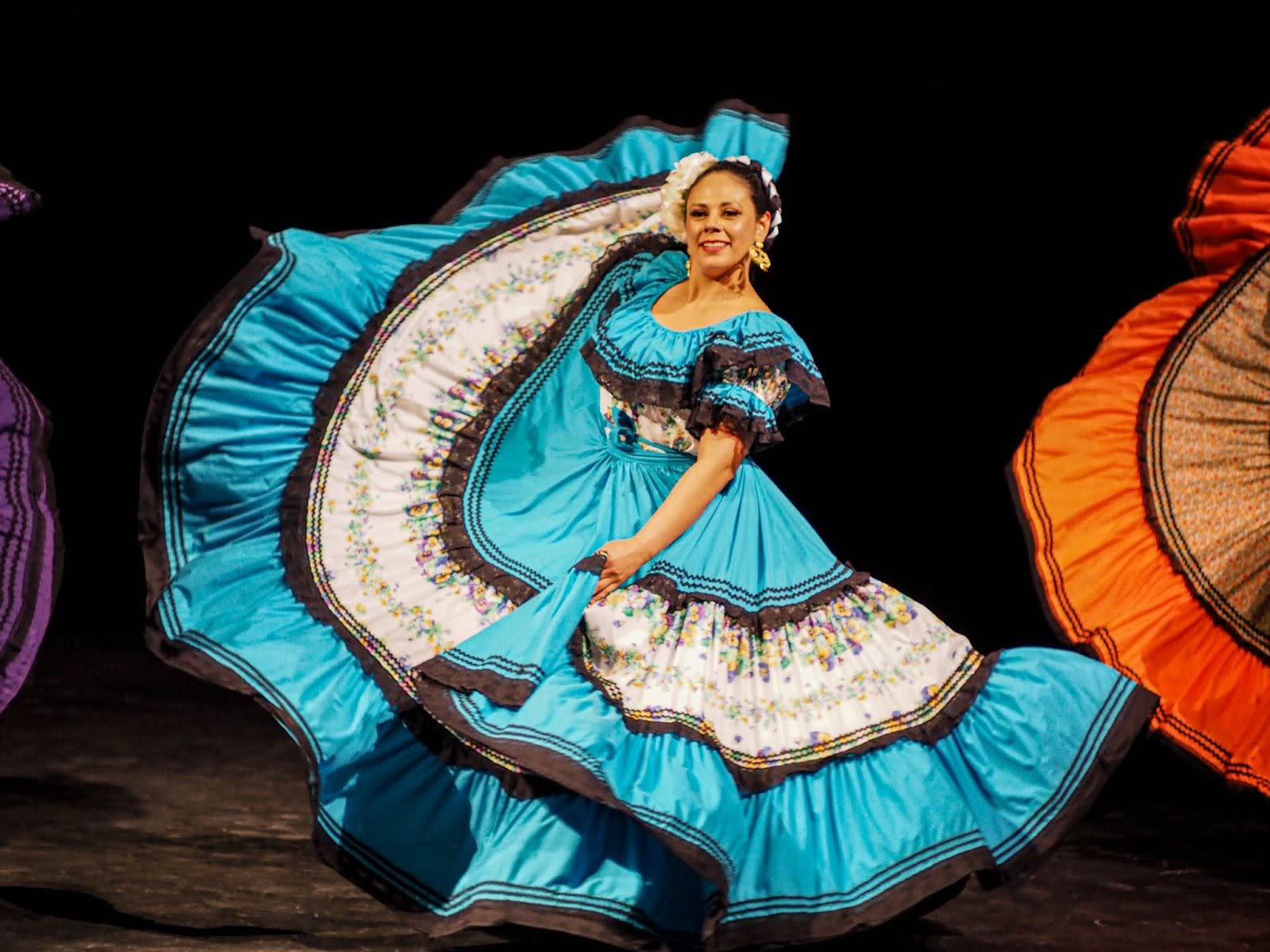
-
The Ballet Folklorico de Topeka is also Topeka-based and makes multiple performances with different costumes and concepts. The Washburn Student Government Association sponsored the performance, and the host was JoAnna Marks, diversity, equity, and inclusion director of WSGA.
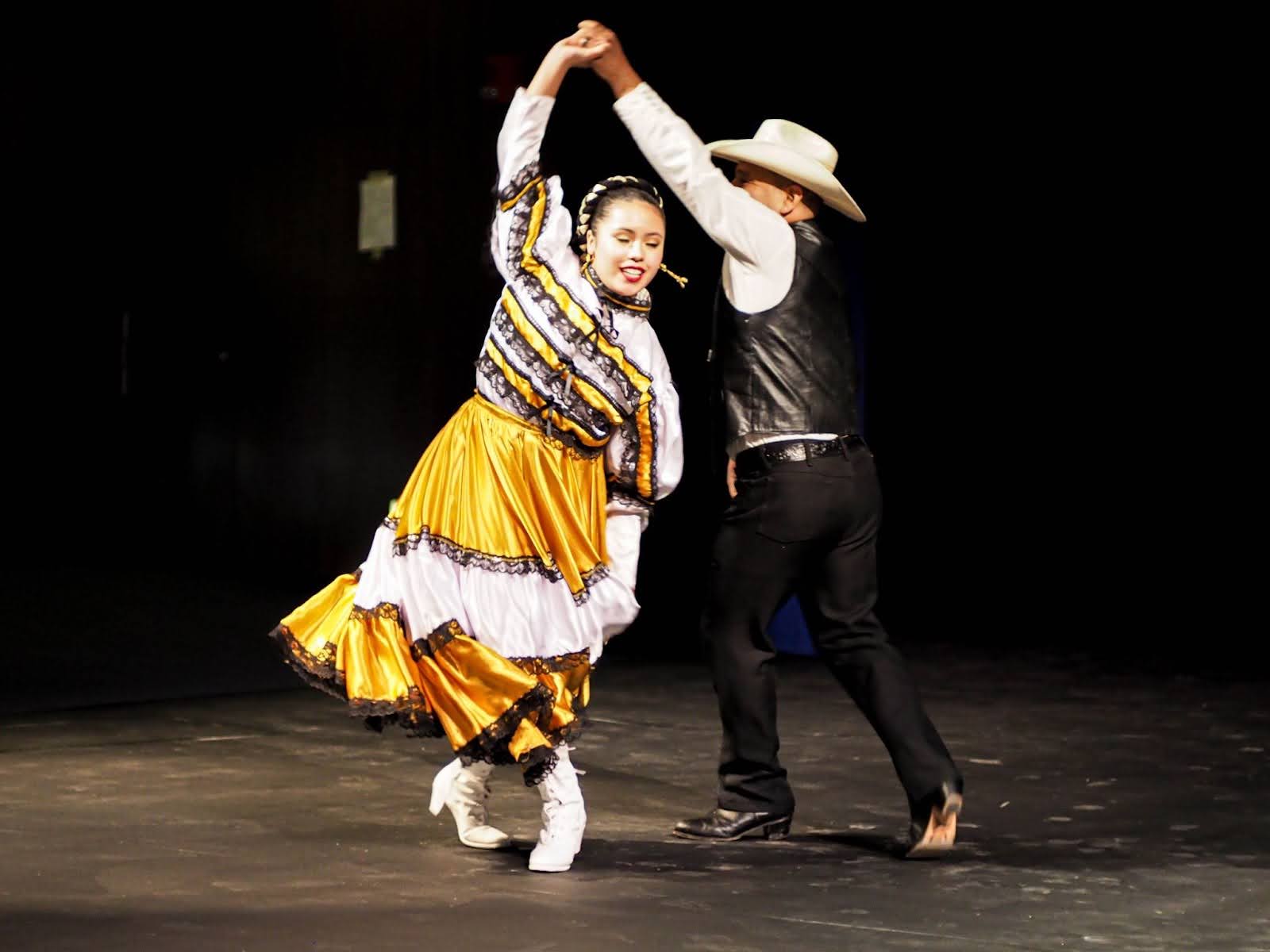
-
The DEI committee believes bringing other cultures on campus is a good way to represent what else is out in the world. They recognized that the campus is not often exposed to the talents of other cultures.
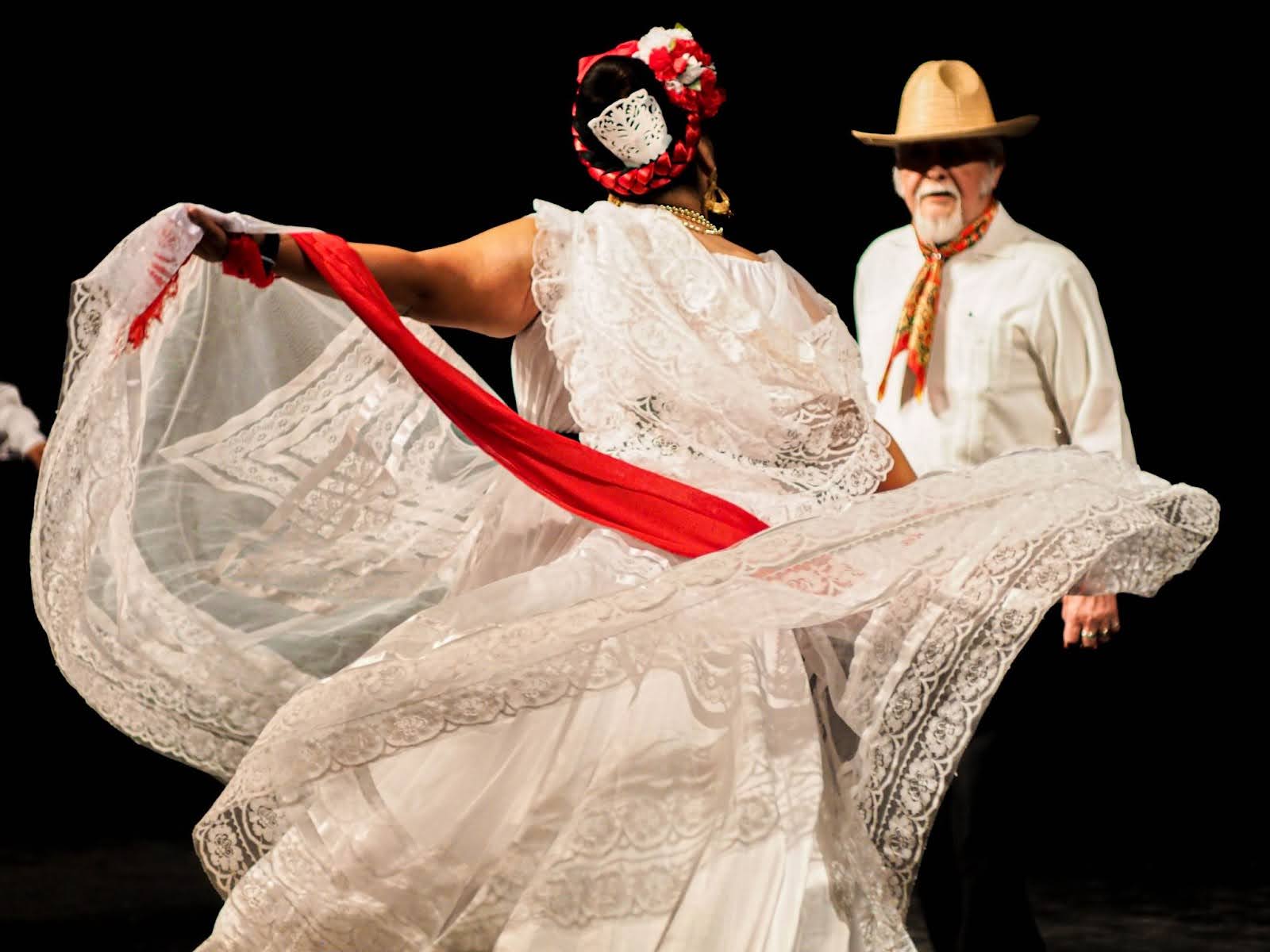
-
The performance has a break time in the middle of the timeline for the audience to have a tea break with coconut jelly, coconut milk, etc. The Top City Step Team, a high school group in Topeka, had their first performance after intermission.
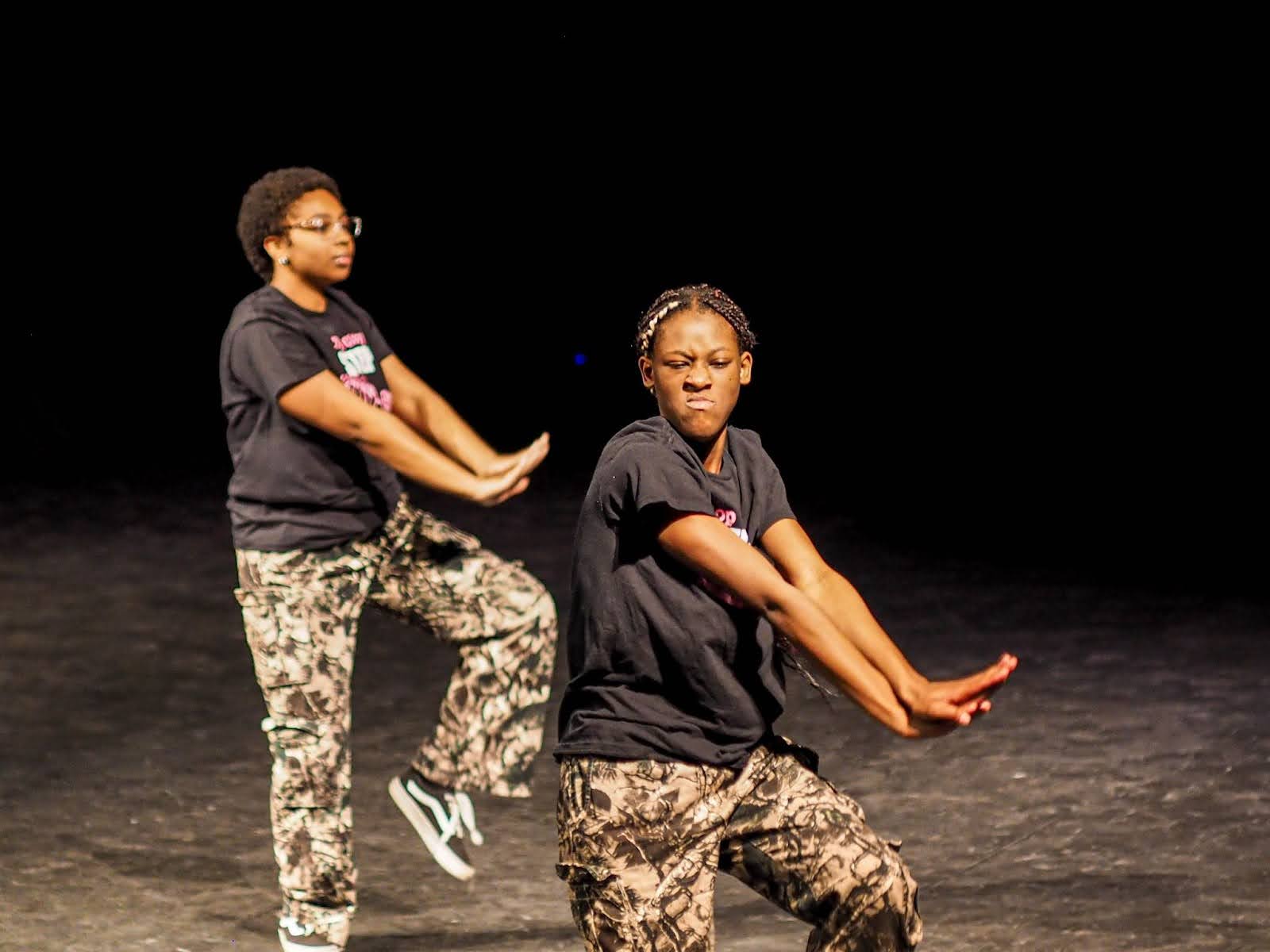
-
Mark’s vision for Culturefest is to be a celebration of diversity and different cultural talents. She had ideas for a while but started planning and coordinating in January.
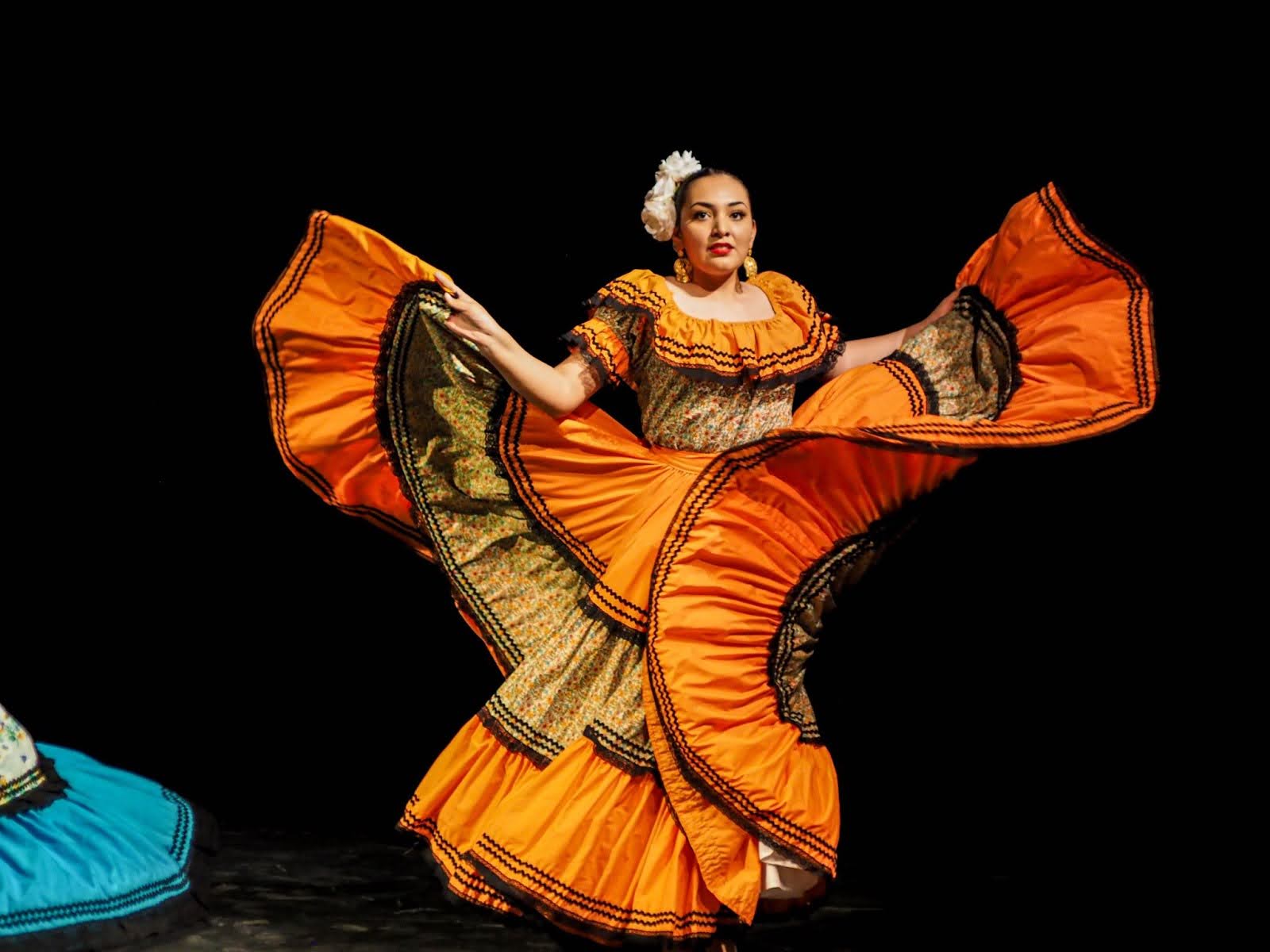
-
“Aloha Pumehana” is Hawaiian and means that every dancer dances “with the warmth and affection of the islands.” Polynesian dance performances and instruction in the greater Kansas City area included performances in groups and individuals.
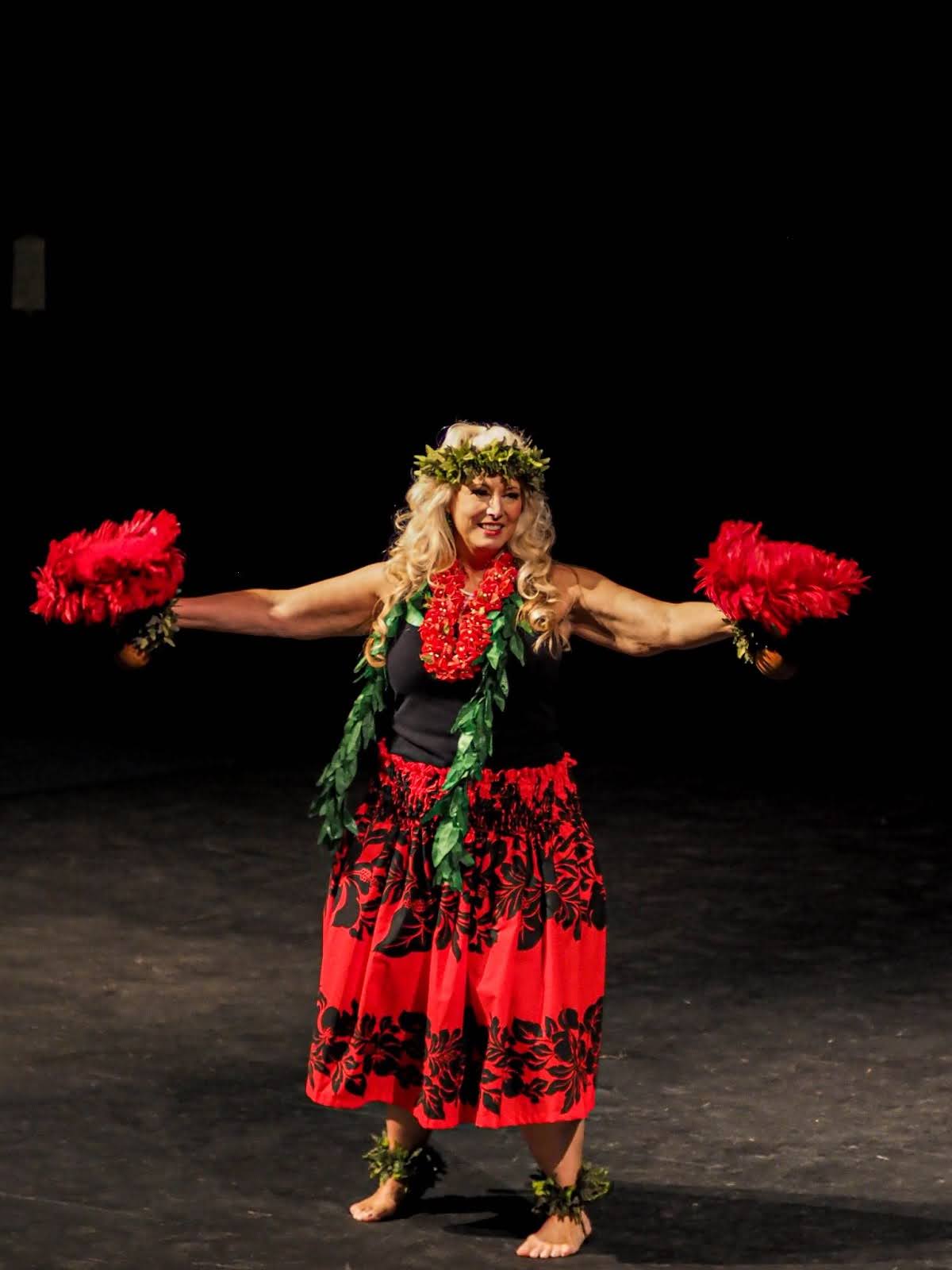
-
The performances of Ballet de Folklorico have different ages among their performers, from primary children to middle-aged people. The performance of Ballet de Folklorico led the audience to different emotional ladders, such as love and laughter and happiness.
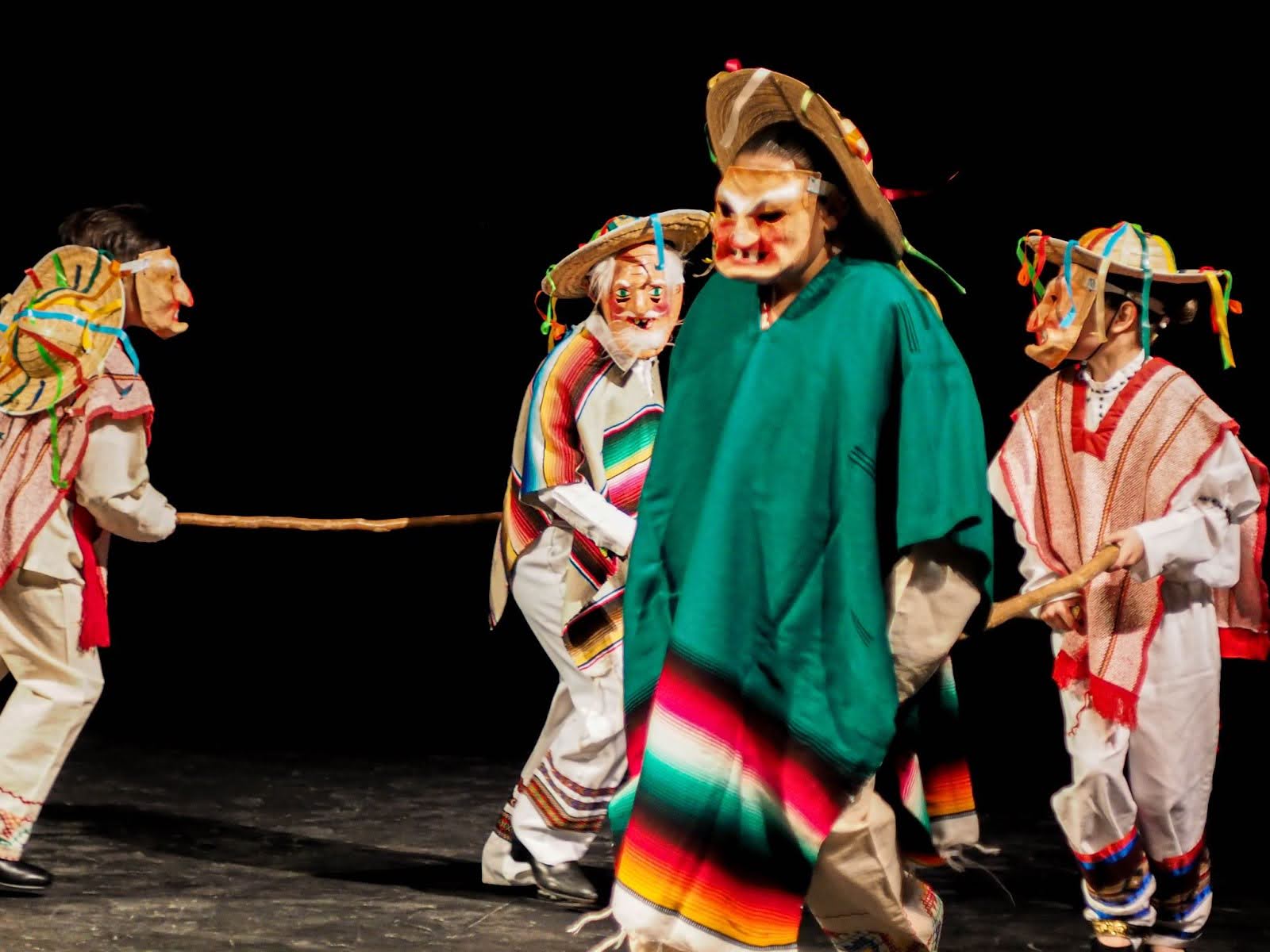
-
In Asian culture, this type of performance art inspired positive and lucky energy and also protected people from evil spirits on some special occasions, such as the Lunar New Year. The Lion Dance performance was showcased by the KU Lion Dance Team from Lawrence, Kansas.
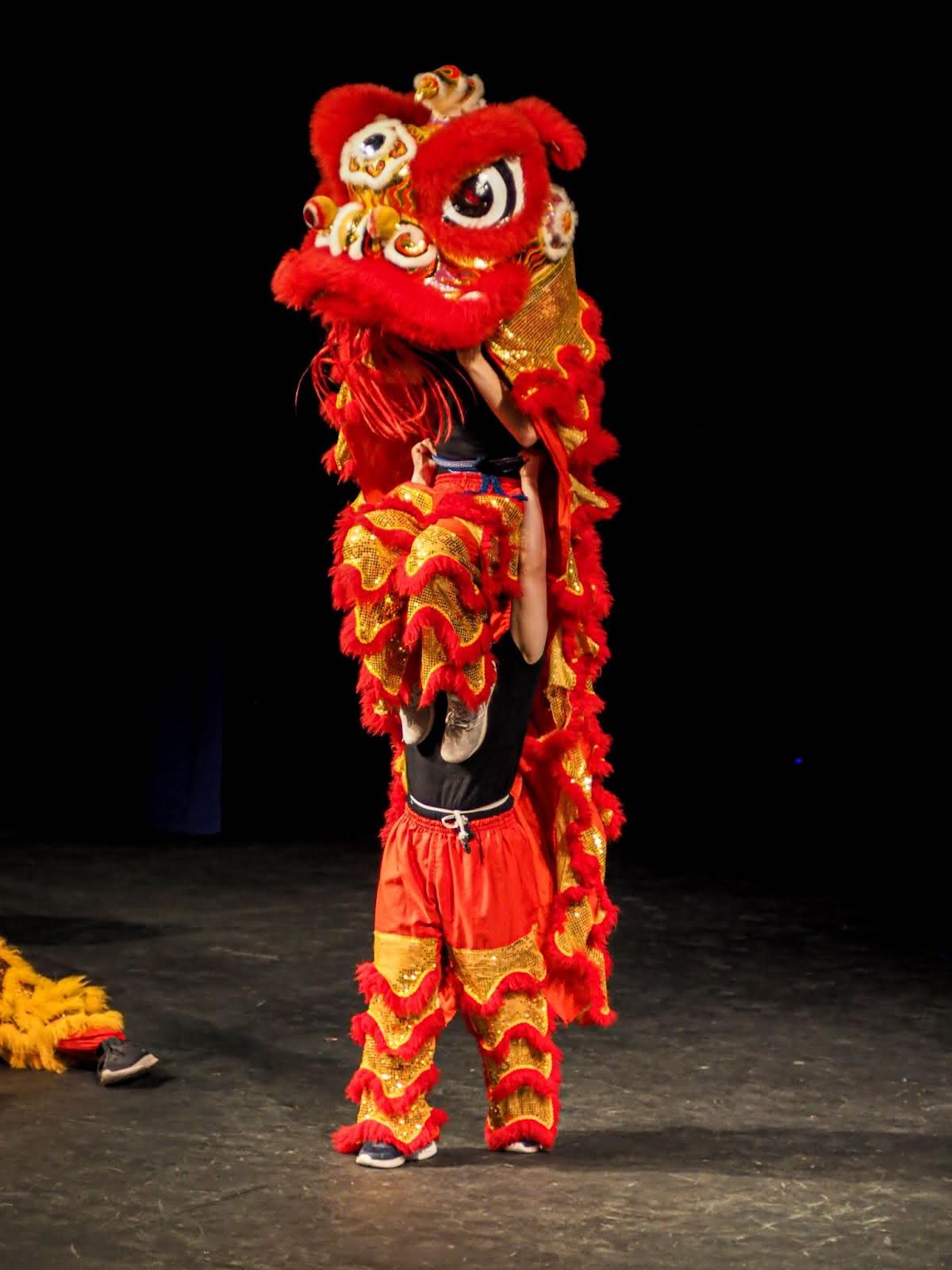
-
The Lion Dance originates in China, spread throughout Asia, and became the festival street performance art in Vietnam, South Korea, etc. The “Lion” performed by two dancers inside communicates to the audience that it is a living animal.
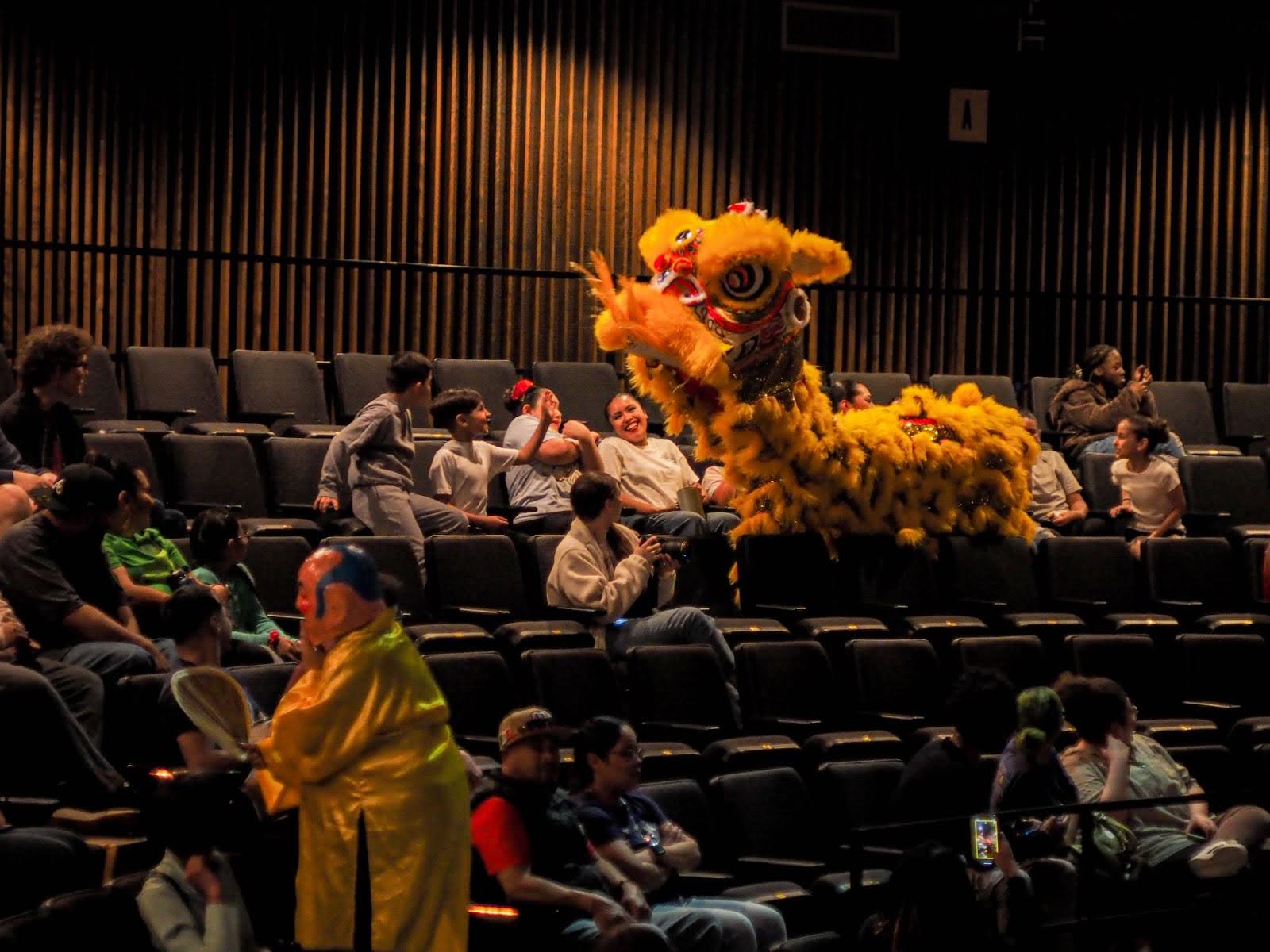
-
Performers leave property and performance clothes in the bag to keep them clean right after performing. The audience spoke and took photos with the performers during break time and after the event.

-
“CultureFest” performers from different backgrounds showcase their art performance at the Neese Gray Theatre March 16. The event featured four performing teams, including Aloha Pumehana Halau, Top City Step Team, Ballet Folklorico de Topeka and Lion Dance group.

Edited by Aja Carter and LeSha’ Davis


















